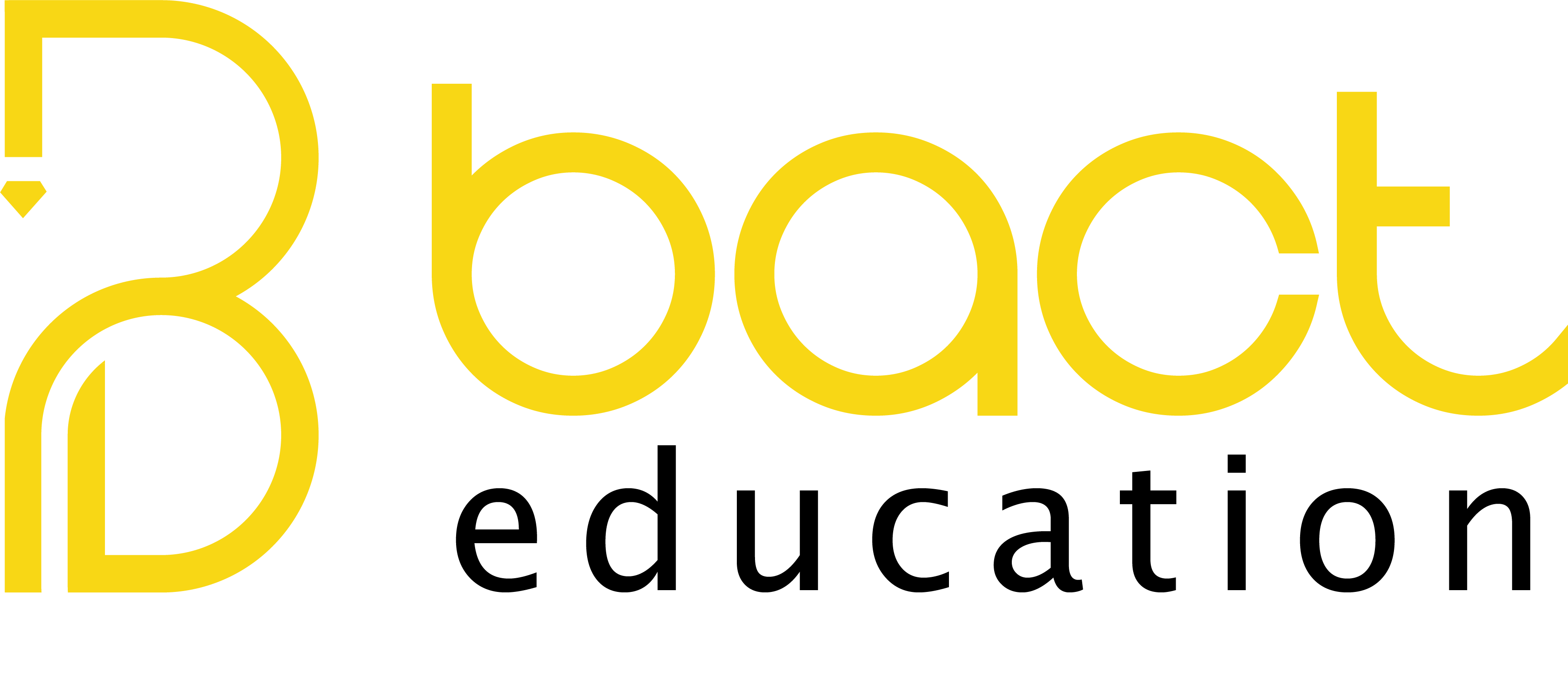The Community Language Learning Method: An Analytical Study
Definition of the Community Language Learning Method:
The Community Language Learning (CLL) method is based on a set of psychological principles and is closely associated with the field of counseling psychology, particularly Carl Rogers’ “self-theory” developed after World War II. This method is rooted in humanistic philosophy, which values human beings, respects their emotions and desires, and therefore lends itself well to educational applications.
Objectives and Features of the Community Language Learning Method:
This method seeks to achieve several goals, including:
- Valuing the learner as a human being by respecting their feelings, goals, and native language.
- Building students’ confidence by reducing anxiety and giving them opportunities to express their emotions.
- Dividing students into small groups to facilitate learning and promote communication.
The method does not rely on a fixed syllabus or textbook; instead, the teacher listens to the learners’ needs and determines appropriate language materials accordingly. Activities typically include free conversations, writing exercises, and teacher-led listening sessions.
Stages of Implementation:
The Community Language Learning method consists of five stages that parallel children’s natural language development:
- Complete dependence on the teacher: The learner needs full support.
- Self-assertion: The learner attempts to express themselves without teacher intervention.
- Independence: The learner begins to speak the target language without relying on the teacher.
- Increasing confidence: The learner accepts feedback and works on self-improvement.
- Full autonomy: The learner interacts fluently with both peers and the teacher.
Roles of the Teacher and the Learner:
The teacher’s primary role is that of a psychological counselor, fostering a close and trusting relationship with students. The teacher must be observant of learners’ progress and offer support when needed. The learner, in turn, should cooperate with both teacher and peers, work on developing skills, and learn from experience.
Advantages and Disadvantages:
The Community Language Learning method stands out for its focus on humanistic aspects and learner-centered interaction, which enhances communication and engagement. However, it also has some drawbacks, such as the absence of a structured syllabus, which may result in gaps in certain linguistic areas.
This method remains controversial among specialists due to the difficulty of accurately assessing language performance, highlighting the need to combine it with other teaching approaches to ensure educational objectives are achieved.
Conclusion:
The Community Language Learning method demonstrates great potential in promoting language learning through its emphasis on the human dimension and the development of learners’ confidence. Nonetheless, it requires further research and refinement to ensure its effectiveness in language education.

